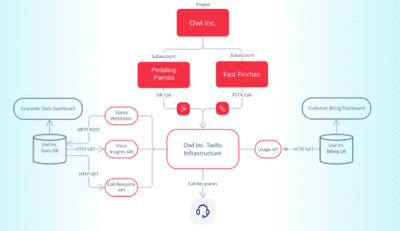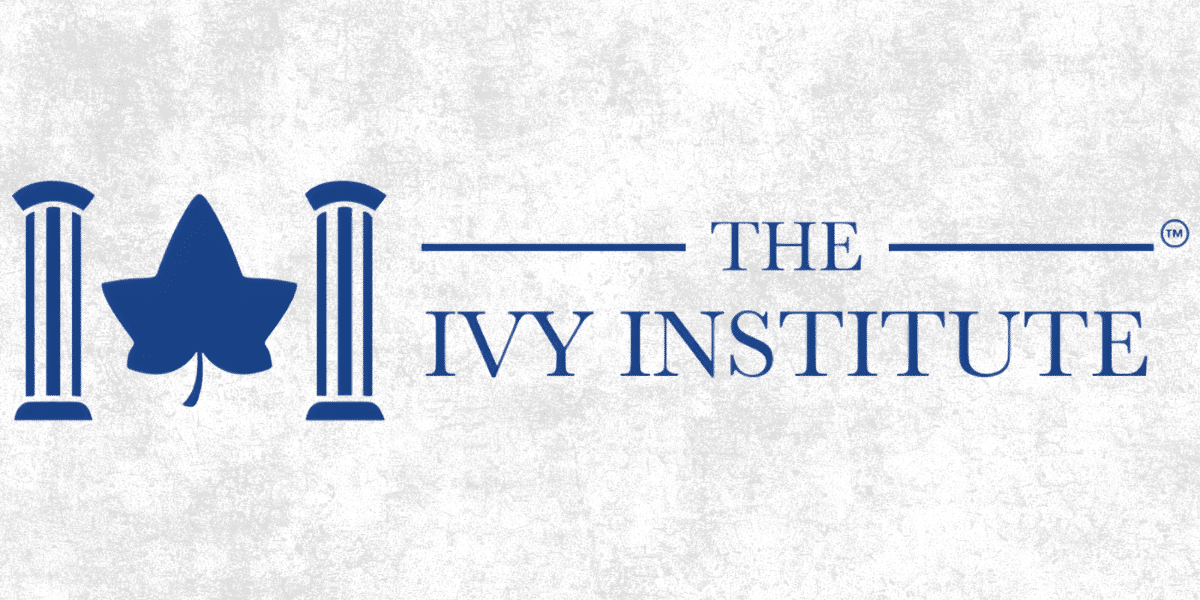The combination of Twilio’s robust communication APIs with OpenAI’s sophisticated language models presents a novel opportunity for Independent Software Vendors (ISVs) seeking to create Voicebots. These Voicebots possess the ability to engage in conversations that closely resemble those of humans, and they also provide adaptable and scalable solutions that are customized to meet a wide range of corporate requirements. This technical guide utilizes Twilio’s extensive industry expertise to provide ISV product managers, architects, and developers with the necessary design concepts, product knowledge, and best practices to effectively launch Voicebot solutions that achieve success.

Photo Courtesy: www.twilio.com
Utilizing Twilio and OpenAI to Enhance Voicebot Capabilities
Twilio, a prominent player in cloud communications, offers a range of APIs that streamline the development of intricate communication systems. The Programmable Voice API, Elastic SIP Trunking, and SIP Interface technologies are specifically applicable for developing Voicebots capable of engaging in meaningful conversations across several channels. When integrated with OpenAI’s language models, these technologies facilitate the creation of Voicebots that possess the ability to comprehend subtleties, context, and even emotions, resulting in an exceptionally realistic interaction experience.
Architectural Analysis for Developing Independent Software Vendor Voicebot Solutions
A sophisticated Voicebot’s design comprises three essential components: the User Interface (UI), Application Backend, and AI Processing Layer. The user interface (UI) functions as the primary means of interaction between users and a system, including many platforms such as SMS, web chat, and voice interfaces. The Application Backend serves as the core control center of the bot, overseeing the movement of data and handling API interactions, session continuity, and business logic. Finally, the AI Processing Layer is the stage where OpenAI’s models are utilized to process inputs, comprehend intention, generate replies, and enhance their performance by learning from interactions.
Tackling the Difficulties of Voice Connectivity and Call Management
To develop a Voicebot that provides dependable, seamlessly integrated, and adaptable voice solutions, one must navigate the intricacies of voice connectivity and call orchestration. Twilio supports ISVs by offering solutions for phone number management, assuring adherence to regulations, and analyzing call statistics. These characteristics enable the creation of Voicebots that can adjust to many scenarios, such as contact centers, lead generation systems, and outbound dialers, providing all-encompassing solutions to users.
Optimal Strategies for Voicebot Development
In order for Independent Software Vendors (ISVs) to fully maximize the capabilities of their Voicebot solutions, it is crucial for them to strictly follow a set of established best practices. The following items are included:
- Operational Excellence: Enforcing an effective account organization by utilizing Twilio’s subaccounts to allocate resources, separate billing, and gather analytical data.
- Phone Number and Device Management: Effectively overseeing the allocation and administration of phone numbers in various nations, taking into account legal obligations and carefully choosing suitable caller IDs for voice operations. Furthermore, it is essential to ascertain the gadgets (clients) that end-users will utilize to connect with the Voicebot.
- Security and Reliability: Guaranteeing the safety of API interactions by managing keys and validating Twilio’s signatures, as well as setting Voicebot solutions to be highly reliable and resilient to failures.
- Performance Optimization: Utilizing Twilio’s Global Low Latency (GLL) capabilities and Edge Locations to reduce API latency and enhance call quality and performance.
Technical Implementation: A Sequential Approach
- Incorporate Twilio’s Programmable Voice API: Begin by integrating this API into your application to provide different calling functionalities without the need for complex telephony infrastructure.
- Utilize OpenAI’s Language Models: Employ OpenAI’s API to analyze user inputs, allowing your Voicebot to provide responses that resemble human speech, taking into account the conversation’s context.
- Deploy Elastic SIP Trunking (if necessary): Twilio’s Elastic SIP Trunking can be implemented to connect ISVs with pre-existing telephony infrastructure, enabling smooth integration.
- User Engagement Design: Prioritize the development of a user interface that promotes effortless and instinctive interactions, guaranteeing that users can effortlessly communicate with the Voicebot.
- Monitor and Optimize: Utilize Twilio and OpenAI’s analytics tools to consistently observe Voicebot interactions, detect places that need enhancement, and enhance your solution for superior performance and user contentment.
In conclusion
The combination of Twilio’s communication APIs with OpenAI’s language models presents ISVs with a distinctive chance to create Voicebots that revolutionize consumer interactions. By implementing the architectural insights, tackling difficulties directly, and adhering to the best practices suggested in this guide, independent software vendors (ISVs) can develop Voicebots that are not only technologically sophisticated but also closely connected with the needs and expectations of their clients. Amid the ever-changing digital communication landscape, Voicebots take a leading position, providing a preview of the future of human-computer interaction.

Photo Courtesy: Navin Kamuni
Author Information
Navin Kamuni, an AI-ML IT Consultant, specializes in the integration of artificial intelligence (AI) and machine learning (ML) technologies across many industries. His expertise lies in improving operational efficiencies and customer service through the implementation of these advanced technologies. Kamuni is a member of both the Association for the Advancement of Artificial Intelligence (AAAI) and the Association for Computing Machinery (ACM).
The work demonstrates the utmost adherence to ethical principles in the development of AI. His exceptional knowledge and skills are crucial in developing Voicebot solutions that utilize Twilio and OpenAI technologies, emphasizing his dedication to utilizing innovation to advance society.
Published by: Khy Talara






